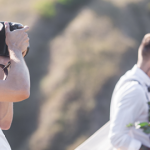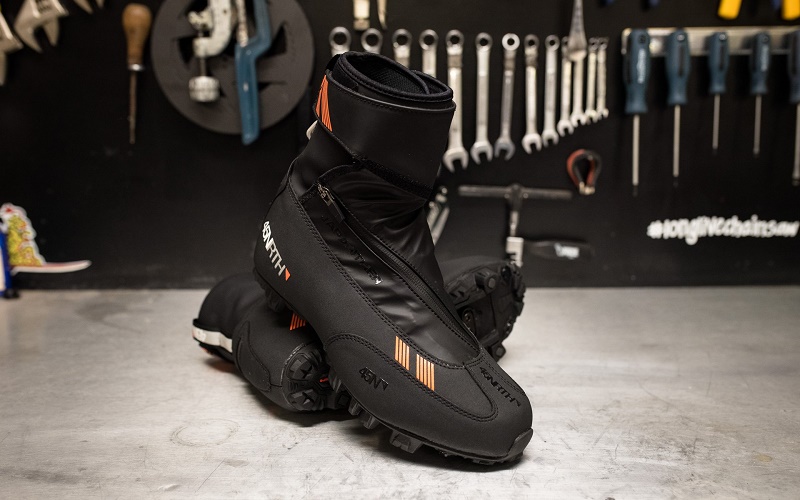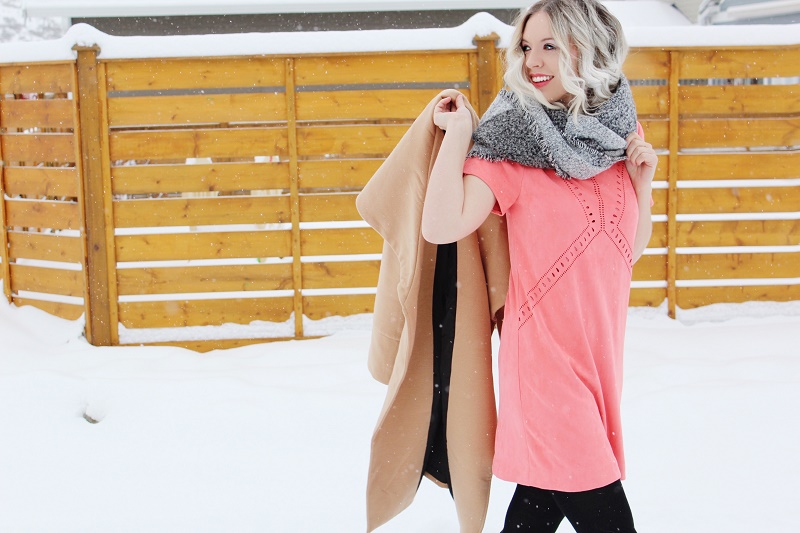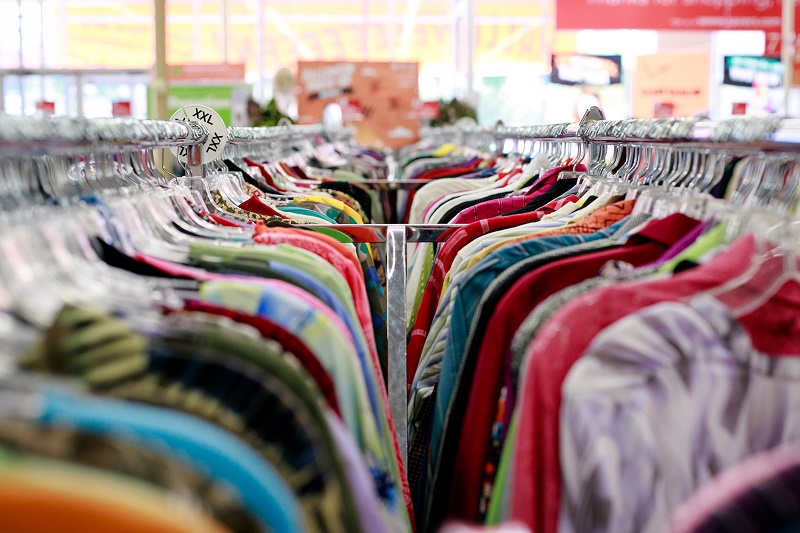
How to dress for the cold fashionably
How should you dress in winter? What are the basic items to protect from the cold? What does it mean to dress in layers? What materials are best suited to preserve body heat? What are the new trends for this fall-winter? The previous sequence gathers only a part of the many questions that the immigrant formulates when he confronts the winter cold for the first time. Hence, we will respond to them below how to dress for the cold fashionably.
In Canada and certain regions of the United States, where the dreaded winter is characterized by very low temperatures and prolonged snow falls, dressing properly is essential to maintain health and carry out the routines of daily life.
Of course, you can go out in winter! It is also recommended to do so. It is only necessary to shelter from the cold with the correct clothing. Thus, outdoor recreation will provide a special enjoyment: to practice sports, walk around the city, go shopping or, simply, get ready to take in the fresh air.
How to dress for the cold fashionably
The following tips will help you understand the dynamics of dressing appropriately to defend against the cold and enjoy winter:
1. Wear layers of clothing
The golden advice to leave warmly and functionally during the winter consists of putting clothes in layers. With this technique, cold and humidity are controlled and body heat is preserved.
In general, three layers are recommended, depending on the task to be carried out and the outside temperature. If few items are taken, the body immediately cools. If you wear too many clothes, sweat so much that the clothes get wet and you catch a cold.
This same procedure is applied to children, who usually do not know how to deal with the feeling of cold and do not express spontaneously if they need to be warmer. It is, then, the responsibility of the adults to watch frequently the corporal heat of the small ones and the humidity of the garments, to go adjusting the layers of the most convenient way.
First layer: it is adjusted to the body, imitating the second skin, and consists of a shirt with long sleeves and long pants. Its function, absorb moisture and keep skin dry and warm. Natural fibers (wool and merino) are ideal. Also synthetic, such as polyester or certain types of high-tech plastic membranes. Cotton is discouraged because it moistens and cools the skin.
Second layer: conserves body heat, isolating the moisture that it absorbs from the first and sending it towards the outer layer. The garments are worn a little looser than those of the first layer, they must have the quality of windbreakers. In their elaboration, synthetic fibers are highly recommended, among which highlights the “Polar Fleece” or “Polar Wool”.
Third layer: the outer one, which covers, protects and serves as a barrier against wind, rain, and snow. It needs to be waterproof. The dresses have to be baggy so that they do not press the two inner layers. Therefore, a larger size than usual is recommended. The winter coats for this level are usually made with a mixture of synthetic and natural materials. For example, synthetic fur jackets with feather fillings. In truth, what is made with synthetic fibers is lighter. To this is added that, for ecological reasons, many rules out the use of animal skin, although there are some who prefer this material.
2. Protect the head and limbs
Winter attire is considered incomplete without items for the head and limbs. It is very important to protect your head against the cold, wind and humidity with a good hat. It covers up to the ears. This, in general, is worn under the waterproof hood that winter coats usually have. Earmuffs can be added, depending on the taste and heat level desired. It is essential a scarf, which prevents the cold from seeping through the space left by the coats at neck level.
In the upper and lower extremities, the layering technique can also be adopted, if appropriate. It is suggested that the hands never be exposed. To do this, choose gloves very thin, which are covered with thicker ones. The latter is removed when using the cell phone or for any other activity. However, there are also gloves made with special fibers for touch contact with cell phone screens. In this way, the gloves are left on when handling an electronic device.
The attention to the extremities is a priority because the cold sensation often begins with a few hands and hands badly wrapped.
3. Choose good winter shoes
Buy good winter shoes is the guarantee of comfort and protection for walking on snow. In general, boots are worn, whose models and clothing materials vary according to the task to be performed. In all cases, winter boots must be waterproof. Otherwise, they will not fulfill their thermal insulation function.
The footwear of the city, to work or to make short walks of pleasure, looks elegant. Especially, women’s shoes, which usually take the form of sober and sophisticated boots, which extend at least up to the ankle and are made of waterproof materials (mainly leather). Its insulation increases with the insertion of felt insoles or other thermal material.
As for men’s shoes, it is observed that some employees, who are required to dress formally, continue to wear summer shoes while they remain indoors. When leaving, they overlap a protective footwear or a kind of boot.
Sports shoes for outdoor training and practice are designed with wide boots, thick soles and, usually, rubber or insulating materials. It seeks to offer maximum comfort and preserve the heat of the foot. Generally, a larger than normal size is recommended to protect the foot with up to two layers of socks, if necessary. Crampons are an essential resource for the days when the pavement is covered with a fairly slippery layer of ice. Certain footwear models include movable crampons, which are worn or hidden as appropriate.
4. Look for the right materials
For winter clothing, natural or synthetic fibers are used, specially designed to preserve body heat and isolate cold and moisture. Therefore, forget about cotton and denim ( jeans or denim ), because they moisten easily and cool the skin.
Among the natural fibers are wool (goat, sheep, alpaca, and vicuna) and merino fiber, used preferably as the first layer. Conduit, flexible, lightweight, waterproof and breathable synthetic membrane, made with hydrophilic and hydrophobic molecules that extract moisture and water vapor away from the body; and DriLite Plus, the synthetic fiber made from nylon and designed to withstand the most extreme temperatures, which provides total impermeability, lightness, and moisture insulation.
With these fibers are made coats, jackets, jackets, sweaters, pants, scarves, hats, gloves, socks and shoes. Numerous people are inclined to articles with synthetic fabrics, considering that they better insulate moisture and give greater freedom of movement, due to its lightness and low weight.
The most recognized brands of winter garments use high-tech synthetic fibers for their products specialized in outdoor activities and sports practice. Most of its production is used in the city, where they provide maximum protection and comfort. It is emphasized that a mandatory property in any winter garment, especially if it fulfills the function of a third layer, lies in impermeability. For that reason, if any lack of resistance to water, will not adequately favor the buyer.
5. Check labels
Learning to read labels carefully is essential for intelligent acquisitions of functional items that are truly useful and durable. The quality winter clothing labels identify the type of fiber used in its construction, apart from the thermal defense it provides, indicated in degrees Celsius (symbol ° C) or Fahrenheit (symbol ° F).
In addition, one can read whether waterproof or waterproof, similar but not identical. Resists water means that the fabric has been the object of an external treatment that facilitates the sliding of water over the surface. Often, they are breathable, light fabrics and their ability to resist water are lost with use.
The waterproof, on the other hand, contains high technology membranes (already described), composed of micropore fibers small enough to prevent the entry of water droplets and, at the same time, allow moisture to escape from the body.
6. Dress according to the occasion
It is not advice on fashion. Rather, it is urged to choose carefully clothes according to the fun or physical exercise that takes place and according to the outside temperature.
If you practice any winter sport – cross-country skiing, alpine skiing, snowshoeing, hockey or ice skating – you must wear the attire indicated for that purpose. You must also calculate the number of hours of exposure to cold, since there is a notable difference between a short walk to take public transport to work, for example, and an intense day of sports.
The stores specializing in the sale of winter clothes and footwear house sections for each sport and also for life in the city. It is advisable to follow the suggestions of the sellers, in case of doubts. Some basic sets, such as thermal clothing of the first layer, hats, gloves, and scarves, are used on almost every occasion.
7. Wear additional clothing
At times, the urge to change certain parts of the dress to preserve body heat arises. For example, when a day of sports practice is finished, the clothes of the first layer should be replaced by another clean and dry one. It is also advisable to bring additional pairs of socks, as well as hats, scarves and extra gloves, just in case you need a safeguard against wind or humidity.
8. Use sunglasses and sunscreen
During the winter we feel comforted by the sun, a prized natural source of light and heat. However, exposure to sunlight must be done in a responsible manner, to prevent the deterioration of the skin and eyesight. Neither should sunglasses be left with the right crystals (UV protection) to avoid eye injuries. Also, creams that counteract UV, UVA and UVB are essential to get rid of sun damage to the skin.
The above recommendations are very important when walking in the snow because the reflection of the sun’s rays increases the risk of exposure.
9. Take care of winter clothes
Acquiring winter attire is equivalent, in many cases, to an expensive investment for the immigrant. For this reason, the obligation to wash and store the articles at the end of the season is imposed, so that they remain in good condition for several years.
Most of the costumes have washing instructions on the labels, which are worth keeping to ensure that you always follow the procedures indicated. Pieces of wool, merino and other natural fibers do not get into the dryer, because they shrink. Scarves, hats, items to protect the face and some types of gloves should be washed regularly since they absorb a lot of moisture from the skin.
Once the winter season has passed, it is suggested to keep coats and other winter clothes in plastic bags and boxes, to isolate them from moisture.
The footwear requires a good wash to remove the salt residue (which is thrown into the street in grains with the intention of controlling the sliding effect of snow on the road), which would be extremely harmful to the boots and shoes. When these are well cleaned, so that they maintain their shape, they are stored in boxes.
10. Visit the used goods stores
As has been said before, for some newcomers, buying the winter items can become an excessive investment. So, if you have a limited budget, the solution involves buying good second-hand items and in impeccable condition, in stores designed for that purpose. In particular, the coats and outer layer garments, which are usually the most expensive.
This practice is also recommended to dress and fit children, who tend to change their size annually. In fact, specialized stores sell all kinds of children’s items, including those intended for sports.















